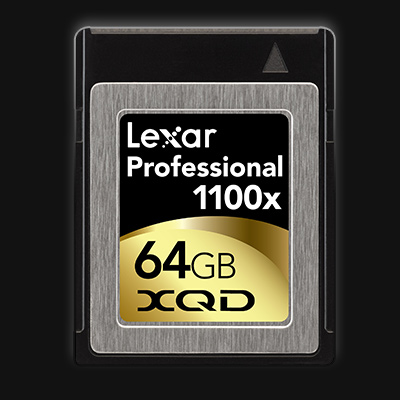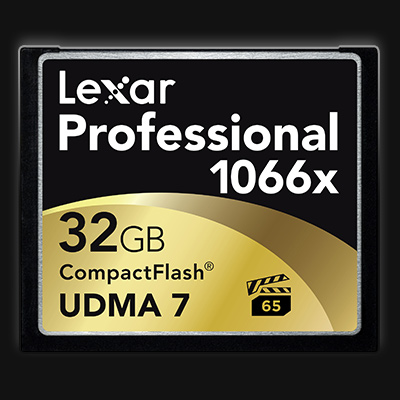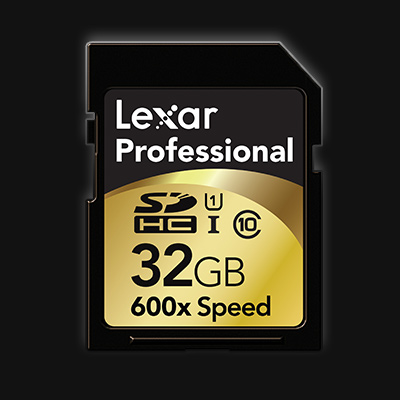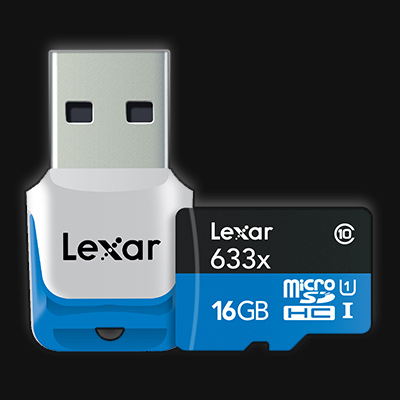About my gear
Cameras, Lenses, Bags, Accessories and Storage media: Everything you need to know about the gear that I trust to deliver the best work possible.
C A M E R A S
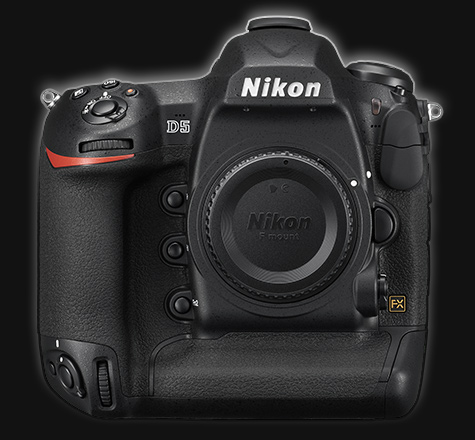
Nikon D5
My main camera. Since 2009 and the D3 Nikon has been king of the low-light rendering with their combination of hardware and software technologies. The D5 takes my work to a whole new level. It is able to achieve things in critical lighting conditions that competitors can’t. The sharpness of the pictures and the ISO rendering are the best I’ve ever seen and this led me to try and challenge myself to shoot even more motions, emotions and shots that I simply wouldn’t have tried in the past.
Nikon D5 on Nikon’s Global website (English)
Nikon D5 on Nikon’s FR website (French)
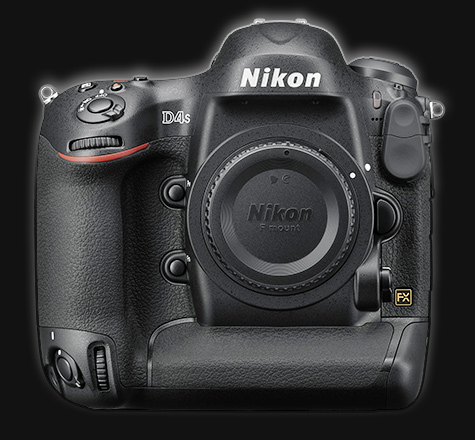
Nikon D4S
One of the best DSLR I’ve ever used. Another king of low-light, the D4s was my main camera until I got a D5. I’m still travelling with two D4s bodies that I use with my secondary lenses, such as the 200-400mm or the 24-70mm.
Nikon D4S on Nikon’s Global website (English)
Nikon D4S on Nikon’s FR website (French)
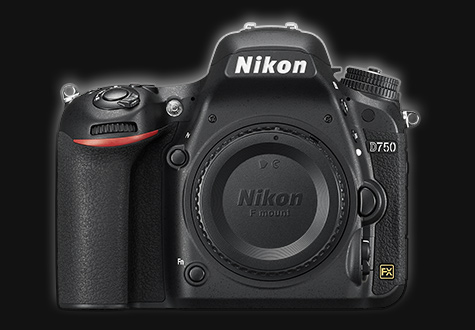
Nikon D750
Combination of a fantastic full frame 24mpix sensor, Nikon’s awesome high ISO rendering and a portable body. I like to combine it with the optional grip (MB-D16) and use it for wide angle shots, especially with its tilt-screen allowing me to shoot above obstacles while still framing my subject with the LCD live view feature.
Nikon D750 on Nikon’s Global website (English)
Nikon D750 on Nikon’s FR website (French)
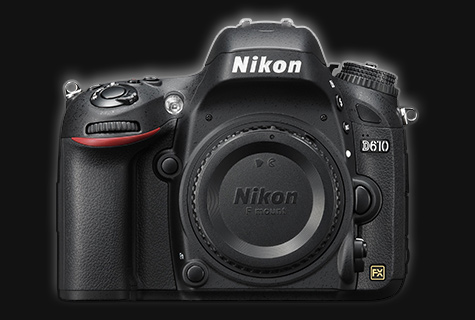
Nikon D610
A very light body I use for specialty shots, such as wide panoramic views, or anytime I need the extra 8mega pixels. It’s got excellent ISO rendering and produces great results.
Nikon D610 on Nikon’s Global website (English)
Nikon D610 on Nikon’s FR website (French)
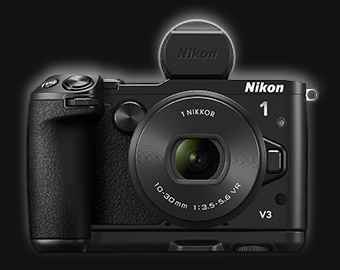
Nikon 1 v3
A very compact camera that lets me use all my lenses with the FT-1 adapter. It’s got great features and can be very discreet. I mostly use it for its silent operating and video capabilities.
Nikon 1 v3 on Nikon’s Global website (English)
Nikon 1 v3 on Nikon’s FR website (French)
L E N S E S
I’ve always used Nikkor lenses, it made sense for me to rely on the same brand for cameras and lenses. After more than a decade using a few generations of lenses, I’m amazed by their build quality, resistance, and the new features that come up with every new model. Vibration Reduction has been a key to the success of my work since the first 70-200 f/2.8 VR I bought in 2004.
Nikkor Lenses website (English)
Nikkor Lenses page on Nikon’s FR website (French)
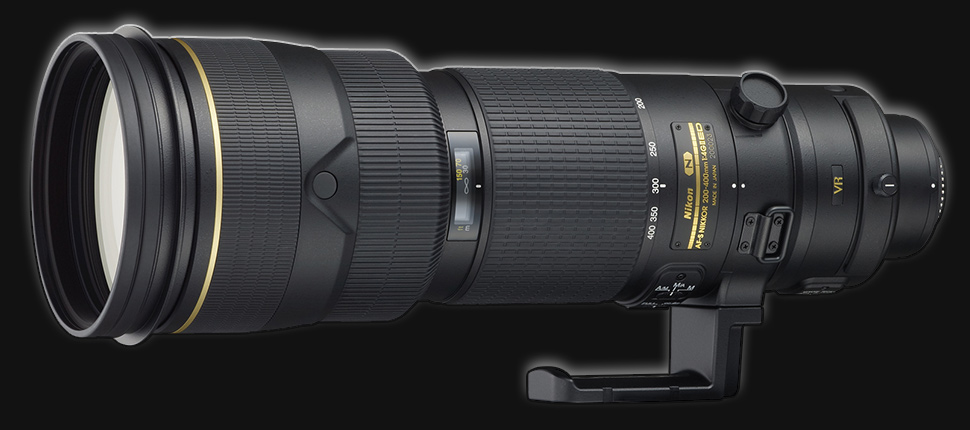
Nikon AF-S NIKKOR 200-400mm f/4G ED VR II
This is my main lens for close-up action shots. Its ability to work in low-light combined with the zoom range are the reason why it never leaves my bag. Even combined with the 1.4x teleconverter it stays sharp and relatively fast. I’m still surprised at some of the shots I get with this equipment. And of course like all of Nikon’s lenses it’s built like a tank.
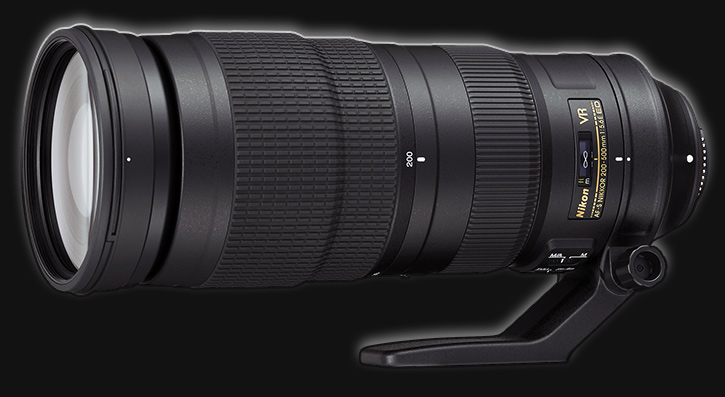
Nikon AF-S NIKKOR 200-500mm f/5.6E ED VR
An awesome long-range zoom, which gets everything right from the AF the the IQ. It’s easier to carry than the 200-400 so it’s the one I choose when I need to travel light and maintain the same quality of work. Very, very good value.
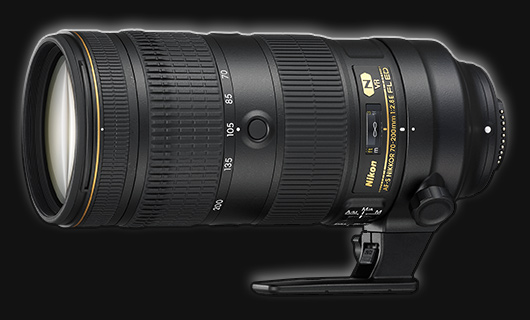
Nikon AF-S NIKKOR 70-200mm f/2.8E FL ED VR
I remember trying the original VR 70-200 in 2004 and being shocked by its ability to focus fast and efficiently. I had the same feeling when I first got my hands on this FL version. I can shoot in very dark and challenging situations, for example when I shoot smaller events or qualifiers in poolrooms with very limited lighting.
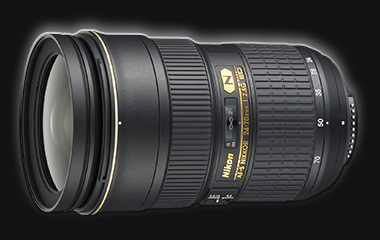
Nikon AF-S NIKKOR 24-70mm f/2.8G ED
I rely on this fast lens for mid-range to wide shots. It’s the perfect companion of the 70-200 and it also never leaves my bag.
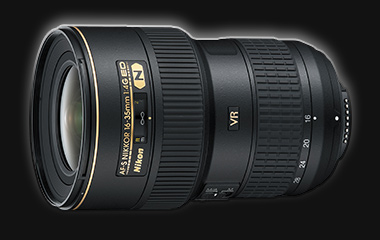
Nikon AF-S NIKKOR 16-35mm f/4G ED VR
I don’t have many opportunities to shoot at wide angles but when I do, I rely on this lens. Unlike the 14-24mm It has a 77mm diameter that makes three of my lenses share caps, filters and so on. Very practical.
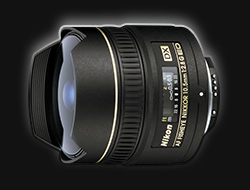
Nikon AF NIKKOR DX Fisheye 10.5mm f/2.8G ED
A specialty lens that is handy when I need to come up with spectacular arenas shots. It always gets the job done. Even with its DX 1:2 frame size I get a large enough file with today’s larger sensors.
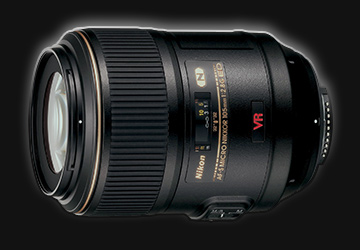
Nikon AF-S NIKKOR VR Micro 105mm f/2.8G IF-ED
A great macro lenses that doubles as a portrait lens for me. I don’t need it everyday, but when I do I get the result I need with minimal effort. Close-ups of objects like cue tips, pool balls, chalk or trophies are outstanding with this lens.
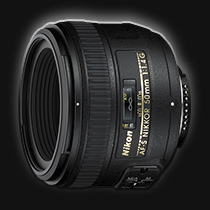
Nikon AF-S NIKKOR 50mm f/1.4G
A small and very fast prime lens that is perfect to carry around with a light body (D610, Df). It renders great images at shallow depths of field and still focuses fast.
B A G S
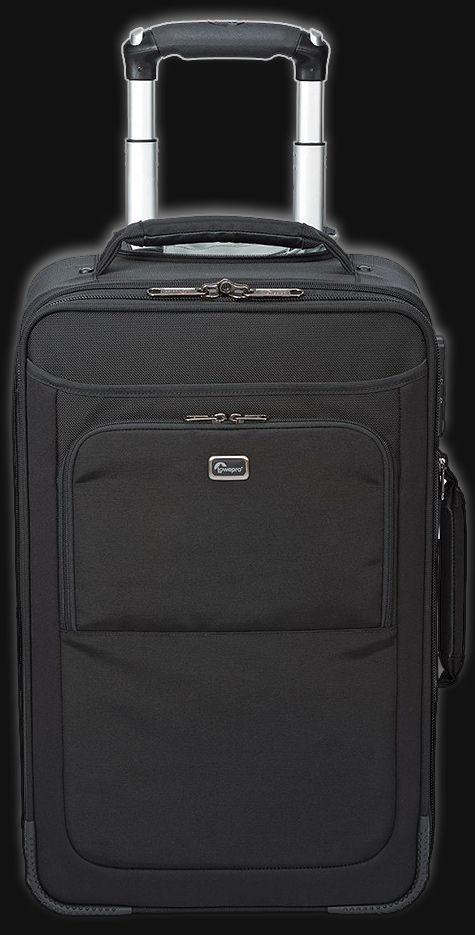
Lowepro Pro Roller Range
I own two of the range, the x100AW and x200AW.
While the x200AW is the largest carry-on compatible rolling bag available, some companies have reduced tolerance for rollerbags and weight. Having the x100AW as a backup is fantastic. It holds up to a 400mm f/2.8 inside!
I’ve used Lowepro rollerbags since I started in the early 2000s and I’ve always been amazed by how well they perform and last. The inside is easy to customize and enables me to fit the equipment I need in many different ways.
I will typically fit in the x200AW three pro bodies, a 200-400, 70-200, 24-70, 16-35 and 10.5 fisheye along with a pouch and a few accessories.
The x100AW will hold two pro bodies, a 200-500, 70-200, 24-70 and 16-35 with a pouch; or a 200-400, 70-200 and one other lens.
I like the way it looks, making it not too obvious what’s inside (unlike Pelican cases for instance). Really the best bags I’ve ever owned.
ProRoller Range page on Lowepro’s US website (English)
Pro Roller X100 AW page on Lowepro’s FR website (French)
Pro Roller X200 AW page on Lowepro’s FR website (French)
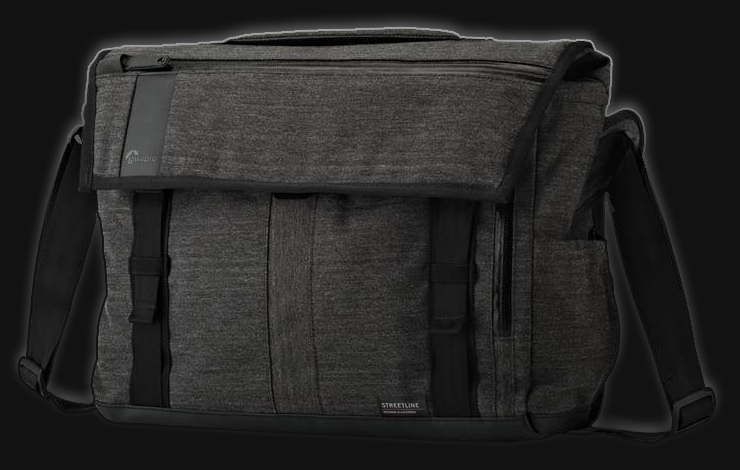
Lowepro StreetLine SH 180
A great addition to my rolling case, but also a very good bag for a light load – It can hold my 15″ laptop with one pro body and a couple of 2.8 lenses. It’s rain proof (which comes in handy!) and it slides onto the Pro Roller’s telescopic handle, making it super easy to carry while travelling.
StreetLine SH 180 page on Lowepro’s US website (English)
StreetLine SH 180 page on Lowepro’s FR website (French)
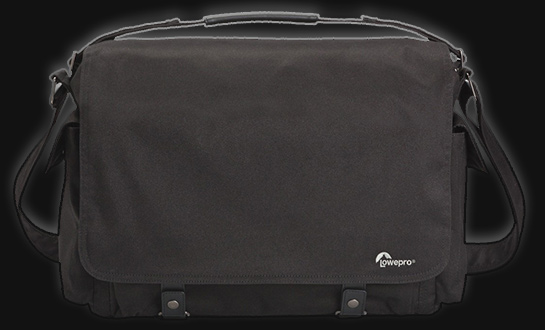
Lowepro Urban Reporter 350
A very large shoulder bag, that I take with my rolling case when I really need to travel with a lot of equipment. It holds pro bodies or lenses alike together with my 15″ laptop and like my StreetLine SH 180 it slides onto the Pro Roller’s telescopic handle.
This range of bags has been discountinued but there are many newer shoulder bags available from the brand (see the StreeLine range for instance)
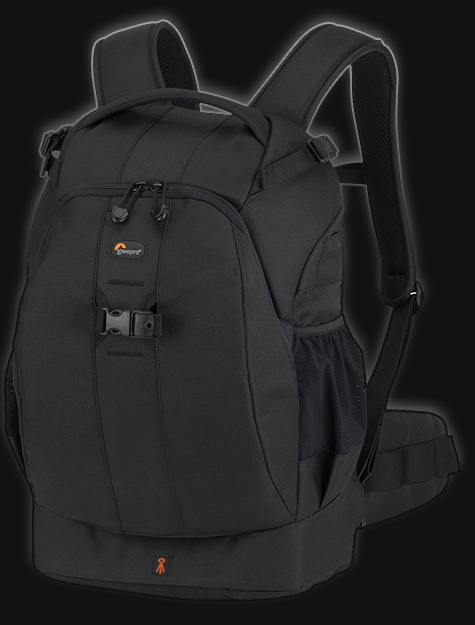
Lowepro Flipside 400 AW
My preferred backpack when shooting outside. I like the inside fitting that can hold a lot of gear, and yet it’s really light and easy to carry. The gear opening is against my back making it also very safe and won’t make me look over my shoulder every minute.
It’s big enough to hold two bodies and two to four lenses, depending on my needs (up to a 70-200).
Flipside 400 AW page on Lowepro’s US website (English)
Flipside 400 AW page on Lowepro’s FR website (French)
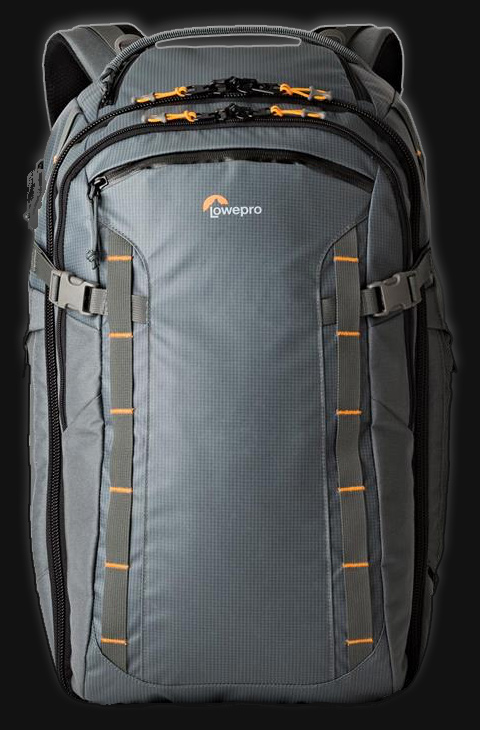
Lowepro HighLine BP 400 AW
Lately Lowepro has launched a few « lifestyle » bags that are made for carrying all the stuff we need – apart from the cameras. When leaving on a week-end trip this bag is ideal, it holds a few clothes, a computer, a tablet, all the chargers I need…
As expected everything has been carefully thought of, and it’s as practical as their camera bags. Very happy they came up with this line of bags. And there’s also a rolling version!
HighLine BP 400 AW page on Lowepro’s US website (English)
HighLine BP 400 AW page on Lowepro’s FR website (French)
A C C E S S O R I E S
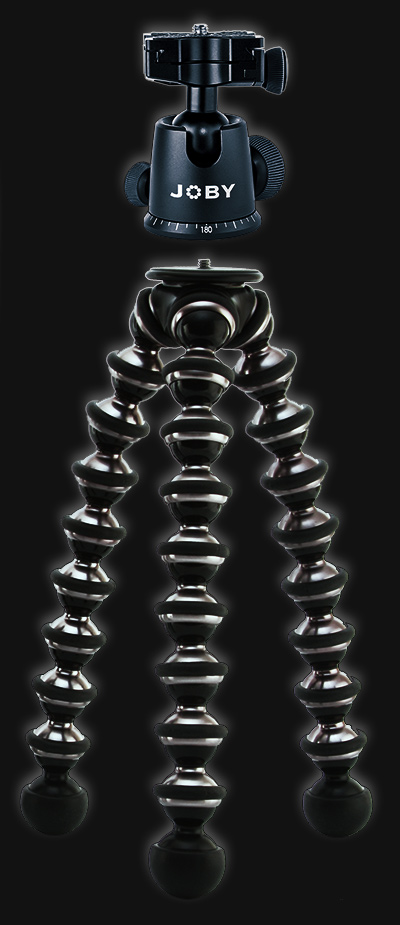
GorillaPod Focus w/ Ballhead X
A fantastic tool to shoot in impossible positions, or to setup a camera for a timelapse or remote operation. It flexes to offer the best possible option to hold the camera+lense ensemble still, while being very, very sturdy. I’ve used it with a D4s + 24-70/16-35 and it didn’t move at all during long poses and time lapses. The optional Ballhead X with rapid plate is a must to increase the possibilities of viewpoints. It is a great addition to my equipment, and helped me achieved things I wouldn’t have been able to without it.
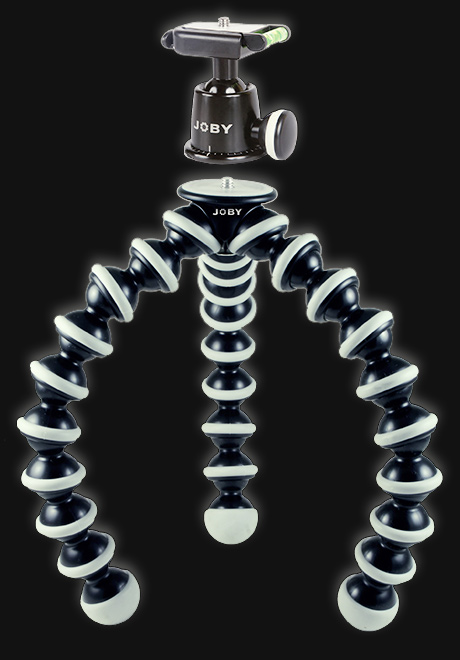
Joby Gorillapod SLR-Zoom w/ Ballhead
A lighter, smaller version of the ‘Focus’ Gorillapod, this one is enough for a light body without a grip, and small lenses – specifically fisheyes or any wide fixed focal lens.
The built quality and usability are of the same level as all the other accessories built by Joby, excellent. There are many smaller versions of the Gorillapod that I don’t necessarily use professionally (for phones or p&s cameras), but with which I’ve had a lot of fun with my family and friends. If you haven’t yet tried a Gorillapod, consider it to widen your options and get creative!

